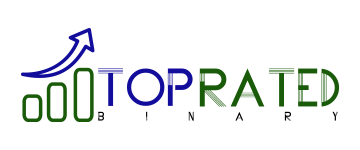Terms like intellectual capital and knowledge assets are used to describe the intangible portion of a company’s value. A company, of course, has physical assets that consumers can value. As a consequence, a company’s worth may be divided into two categories: tangible and intangible.
Accumulation of information is known as “Knowledge Capital” in the business world.
Intangible value is simple to understand. Value of tangible assets (physical capital) is generally assessed by market value, which is referred to as tangible capital. Measures of physical capital include the following:
The Land Office Stationery for Machinery is housed in these buildings (computers, pens, paper)
Items may be stored in warehouses.
However, the intangible value is more difficult to comprehend. To put it another way, it is the value of a company’s non-trad able assets. The phrase “Knowledge Capital” is often used to characterize these kinds of assets.
You should be aware that the term “intangible asset” is frequently used in the same way to describe non-physical assets that are recognizable and tangible but are not part of a physical asset. For this reason, the concept of knowledge capital may contain both intangible assets and non-intangible assets that are regarded to be intangible assets.
- Intellectual capital is a word used to describe a company’s value that cannot be quantified: its knowledge capital.
- Product and service value may be increased and protected by a company’s knowledge capital.
- A company’s relationship capital is broken down into three categories: human, organisational and structural (which are further classified into three subcategories).
Knowledge Capital: An Introduction
If you don’t have enough intellectual capital, you won’t be able to sustain your business in the long run. When physical capital and knowledge capital are combined, the value of the products and services offered by the physical capital is increased while the value of the goods and services is protected.
The three categories of knowledge capital are as follows:
Therefore, it is critical to recognize the interdependence of the three pillars of knowledge capital. To put it another way, it will be far more difficult to make full use of the other two types of knowledge capital if one of them is not already in place.
Various Forms of Knowledge Capital
Employees are a company’s most important resource.
Human capital is a general word for the use of one’s skills and abilities. The gap between those who just possess skills and information and those who actively use them in the job is essential. That’s because when employees are motivated to apply their abilities and expertise to the utmost extent feasible, the business realities the full value of its human capital.
Certain limits apply to the transfer ability of a licence.
One of the issues organisations have in keeping and efficiently using human capital is the fact that the foundations of human capital, such as the skills workers gain during training and the knowledge they acquire via experience, are inherent within the employees. It is important to note that once an employee leaves the organisation, his or her human capital is no longer available to the company.
When an employee has to leave the company, management must guarantee that the company’s human capital can be passed to other workers. The three pillars of intellectual capital are shown to be interwoven in this example of a well-run business..

